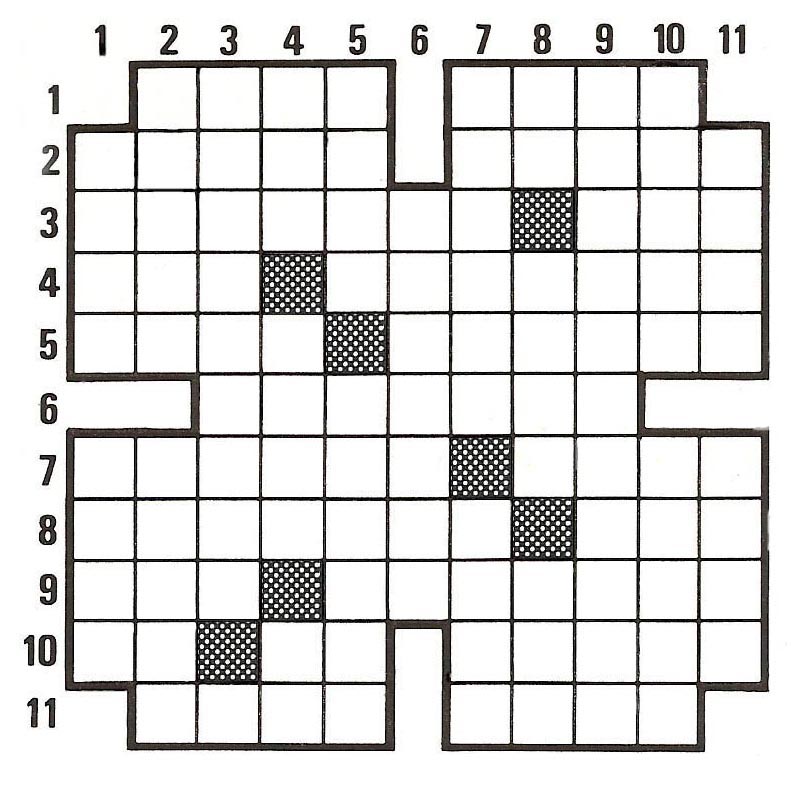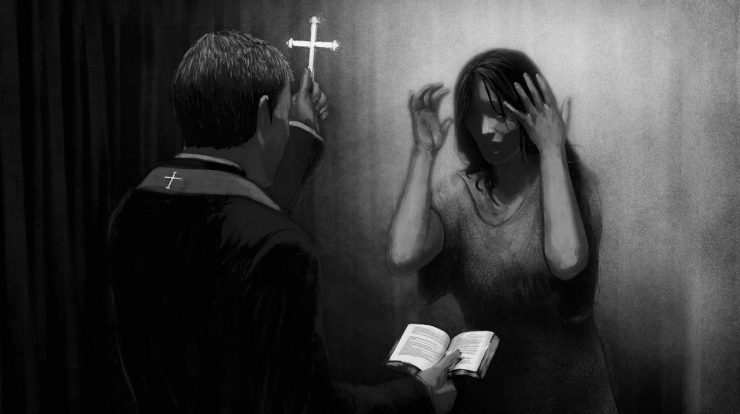Esclava egipcia concubina de abraham – The enigmatic figure of Hagar, the Egyptian concubine of Abraham, has captivated imaginations for centuries. Her story, as narrated in the Bible, unfolds within the intricate tapestry of ancient Egyptian society, where the institution of concubinage played a significant role.
This narrative delves into the historical context of Egyptian concubines, exploring their legal and social status, as well as the dynamics of Hagar’s relationship with Abraham and Sarah. It examines the emotional and physical challenges she faced, and analyzes the reasons for the conflict that arose between Hagar and Sarah.
Historical Context of Egyptian Concubines

Concubines played a significant role in ancient Egyptian society, holding a distinct legal and social status. They were typically women of lower social standing who entered into a non-marital relationship with a man of higher status, often a wealthy landowner or official.
Legal and Social Status of Concubines
Concubines were not considered wives but rather held a position between that of a wife and a slave. They had certain legal rights, such as the right to maintenance and inheritance, but they did not enjoy the same status as wives.
Their children were considered legitimate but ranked below the children of wives in terms of inheritance rights.
Famous Egyptian Concubines
Some of the most famous Egyptian concubines include:
- Sitdjehuti: A concubine of Pharaoh Senusret I, who held a prominent role in the royal court and was buried in a lavish tomb.
- Nefru: A concubine of Pharaoh Amenhotep III, who was known for her beauty and is depicted in numerous statues and reliefs.
- Kiya: A concubine of Pharaoh Akhenaten, who was elevated to the status of “Great Royal Wife” but later fell out of favor.
The Biblical Narrative of Hagar: Esclava Egipcia Concubina De Abraham

The story of Hagar, as narrated in the book of Genesis, is a complex and poignant tale that sheds light on the social and cultural practices of ancient Egypt and the patriarchal society of the time. Hagar’s narrative is intertwined with the lives of Abraham, Sarah, and Ishmael, providing insights into the dynamics of family, servitude, and the interplay of power and vulnerability.
Hagar’s Arrival in Abraham’s Household
Hagar was an Egyptian slave girl who was given to Abraham by his wife, Sarah, as a concubine. Sarah’s decision to offer Hagar to Abraham stemmed from her infertility and desire for a child. In the ancient Near East, it was customary for barren wives to provide their husbands with concubines to ensure the continuation of the family line.
Hagar’s Name and Significance
The name “Hagar” holds significant meaning in the story. It is derived from the Hebrew word “hagar,” which means “stranger” or “outsider.” This name aptly reflects Hagar’s status as an Egyptian slave in Abraham’s household, highlighting her foreign origins and marginalized position.
Hagar’s Relationship with Abraham and Sarah
Hagar’s relationship with Abraham and Sarah was complex and multifaceted. As Abraham’s concubine, Hagar was subservient to Sarah, the primary wife. This power imbalance created tension between the two women, particularly when Hagar became pregnant with Abraham’s first child, Ishmael.
Emotional and Physical Challenges
Hagar faced numerous emotional and physical challenges as a concubine. She was likely isolated from her family and community and may have experienced loneliness and homesickness. Additionally, she was subjected to Sarah’s jealousy and mistreatment, which could have taken a toll on her mental and emotional well-being.
Conflict with Sarah
The conflict between Hagar and Sarah stemmed from several factors. Firstly, Sarah was unable to conceive a child, which made her jealous of Hagar’s pregnancy. Secondly, Sarah feared that Ishmael would inherit Abraham’s wealth and status, potentially diminishing her own son’s inheritance.
As a result, Sarah demanded that Hagar and Ishmael be banished from the household.
Hagar’s Legacy in Islamic and Jewish Traditions

Hagar’s story holds significant meaning in both Islamic and Jewish traditions, shaping the cultural and religious landscapes of these faiths.
Significance as a Matriarchal Figure
In both religions, Hagar is revered as a matriarchal figure. In Islam, she is considered the mother of the Arab people through her son Ishmael, who is believed to be the progenitor of the Arabian tribes.
In Judaism, while Hagar is not regarded as a matriarch in the same sense, she is recognized as the mother of Ishmael, who plays a crucial role in the covenant between God and Abraham.
Interpretations of Hagar’s Story
The interpretations of Hagar’s story differ between Islamic and Jewish traditions. In Islam, Hagar is portrayed as a pious and devoted woman who willingly accepts her fate as Abraham’s concubine and later as Ishmael’s mother.
In Jewish tradition, Hagar’s story is often interpreted as a cautionary tale about the dangers of pride and disobedience. She is depicted as a rebellious and ambitious woman who seeks to elevate her status and that of her son above Sarah and Isaac.
Cultural and Historical Impact
Hagar’s legacy has had a profound cultural and historical impact on both Islam and Judaism. In Islam, she is a symbol of perseverance and faith, while in Judaism, she represents the importance of humility and submission to God’s will.
Her story has been the subject of numerous literary, artistic, and musical works, reflecting the enduring significance of her character and the complex interpretations surrounding her role in the Abrahamic religions.
Artistic Representations of Hagar
Throughout history, Hagar has been depicted in various artistic forms, each reflecting the cultural and social contexts in which they were created. These representations explore themes of identity, motherhood, and the complexities of power dynamics.
Paintings
Paintings of Hagar often portray her as a lone figure in a barren landscape, emphasizing her vulnerability and isolation. Works like Guercino’s “Hagar and Ishmael in the Wilderness” (1657) depict her as a compassionate mother, while others, such as Gustave Doré’s “Hagar and Ishmael Cast Out” (1866), convey her anguish and despair.
Sculpture, Esclava egipcia concubina de abraham
Sculptures of Hagar often focus on her strength and resilience. The “Hagar” statue by El Anatsui (2015) is a striking bronze figure with a powerful stance, symbolizing her defiance against adversity. In contrast, the “Hagar and Ishmael” sculpture by Robert Graham (1996) captures the tender bond between mother and son.
Literature
Hagar has been a prominent character in literature, particularly in feminist and postcolonial works. Margaret Atwood’s novel “The Handmaid’s Tale” (1985) draws parallels between Hagar’s story and the experiences of women in a dystopian society. Salman Rushdie’s “The Satanic Verses” (1988) explores the complexities of her relationship with Abraham and Sarah.
Symbolism and Themes
Artistic representations of Hagar often explore the following themes:
- Identity and Otherness:Hagar represents the marginalized and outcast, challenging notions of belonging and exclusion.
- Motherhood:Depictions of Hagar as a mother highlight the power and sacrifices of motherhood, particularly in challenging circumstances.
- Power Dynamics:Hagar’s relationship with Abraham and Sarah reflects the power imbalances and complexities of gender and social hierarchy.
These artistic works not only provide insights into Hagar’s story but also serve as powerful commentaries on the human experience, exploring themes of identity, motherhood, and the struggles for dignity and equality.
FAQs
Who was Hagar?
Hagar was an Egyptian woman who became the concubine of the patriarch Abraham, as recorded in the Bible.
What was the significance of Hagar’s name?
The name Hagar means “stranger” or “outcast,” reflecting her status as an outsider in Abraham’s household.
Why did Sarah mistreat Hagar?
Sarah mistreated Hagar due to jealousy and insecurity, as Hagar had given birth to Abraham’s first child, Ishmael.
How did Hagar’s story influence Islamic and Jewish traditions?
Hagar’s story has been interpreted differently in Islamic and Jewish traditions, with both religions recognizing her as a matriarchal figure.
